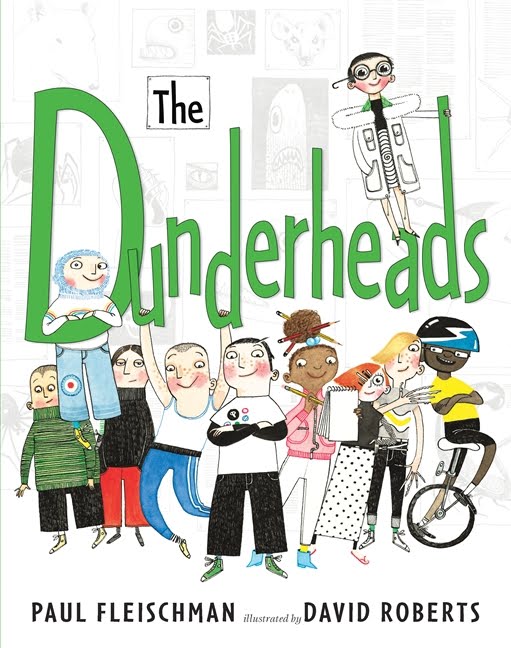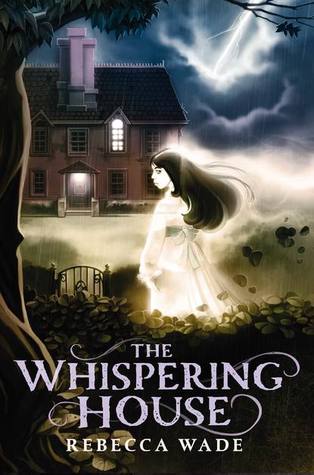
I snapped up Rebecca Wade's
The Whispering House and devoured it for two very pertinent reasons. First, as a bookseller, I have noticed over the last year or so that ghost stories have become very popular with readers of middle grade fiction. Also, I
loved ghost stories when I was a kid. The two that left the greatest impression on me were
Jane-Emily by Patricia Clapp and the Newbery Honor winner
The Headless Cupid, by Zilpha Keatley Snyder. These days,
Mary Downing Hahn has a corner on supernatural stories for kids who have outgrown
Goosebumps but are too young for young adult books. This means that Wade's
The Whispering House is a very welcome addition to the shelves. One thing I loved about ghost stories as a kid were the ones that kept you guessing as to whether there was a genuine haunting going on or a series of coincidences, accidents and sneaky, creepy characters making lit look like a ghost was afoot. That way, when I was done reading I could look around my room, peer into the dark corners and feel that delicious chill that you get when you are scaring yourself. Rebecca Wade captures this duality wonderfully with
The Whispering House, her second book. Wade, who's day job is playing viola with the Philharmonic Orchestra in England, also wrote
The Theft and the Miracle, which also featured Hannah and Sam, main characters of
The Whispering House. I didn't know this until I finished reading
The Whispering House and it didn't affect my enjoyment at all. In fact, there were references to a mysterious, dangerous event some eighteen months earlier involving Hannah, Sam, a statue that went missing from the town cathedral, the police, a bishop and a math teacher who is also a bit of a witch, that were intriguing but not crucial to following the plot of
The Whispering House. One aspect of the book that I suspect was explained more thoroughly in
The Theft and the Miracle, and one that I would like to know more about, is Hannah's drawing skills. An accomplished artist, she sketches often in
The Whispering House and her drawings sometimes seem to have a clairvoyant capacity to act as a connection between worlds that I never fully understood. However, this small plot point did not diminish my enjoyment of
The Theft and the Miracle, which is currently only available as an eBook.
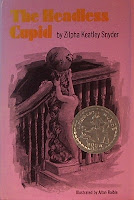

The Whispering House begins in the end of May in the school library. Fourteen year old Hannah is trying, but failing, to study for upcoming exams. Sam, her best friend and son of a petty thief who has been gainfully employed for the last eighteen months (a reference to The Theft and the Miracle, no doubt) is busy making and throwing paper airplanes. Nearby, Emily is desperately searching for a page of information about Napoleon that she printed off the internet, telling Sam and Hannah that he feared he was being poisoned at the end of his life and forensics tests done recently actually found traces of arsenic in a lock of his hair. This tidbit of seemingly irrelevant information weaves its way through the story, turning up again near the end of the book to reveal a fascinating bit of historical information. This information proves to be the key to part of the mystery that unfolds when Hannah's family is forced to move into a rental home for a few months over the summer while their house is repaired. Cowleigh Lodge turns out to be a Vicotrian-era house that seems to be deteriorating from the inside out. A new coat of paint has been applied to the walls, but as the Price family settles in the history of the house begins to seep out. Hannah begins having strange, intense dreams about being under a canopy of glittering green leaves with a strange, blankly staring face next to hers. Then, she finds a dusty book of fairy tales wedged in between the wall and the stiff, thick overlays of several decades worth of wallpapering. The book is inscribed, "To Maisie From Your Loving Papa, Christmas 1876." The discovery of Maisie Holt's gravestone in the neighborhood graveyard and the knowledge that she died when she was only eleven years old spurs Hannah to want to make sense of this child's death, despite the fact that she knows children of all classes died young during the Victorian era.
The clues begin to pile up as the house quickly deteriorates. Sam tries to help Hannah make sense of the things she is finding and the dreams she is having, but it is a climactic night, June 23rd, the date of Maisie's death as well as the day of the Midsummer Fair that reveals the truth behind the mystery. Wade does a wonderful job sprinkling The Whispering House with ghostly happenings, from china breaking and magnetic fridge letters spelling out clues to the haunting dreams that Hannah has, but her true strength comes when she is weaving the past and the present into one. I especially like the chapters surrounding the Midsummer Fair, which is held at St John's Field, that is a huge event in town each year. Watching the costume parade and observing the line of little children dressed as Jack and the Giant, dragons and knights, vampires and vampire slayers, Hannah notes the "great struggle between good and evil. Victim and predator, innocent and knowing, captive and deliverer. Had it always been so simple? Was it still?" As Hannah finds out by the end of the book, it's not that simple and the roles of victim and predator, captive and deliver, are not always clearcut. Listening to her former teacher and the bishop talk about the significance of Midsummer's Night, the history of St John's Field, a healing well that was once there, and waking from dreams to see the world anew as in Shakespeare's play, Hannah drifts off, slipping into an eerie dream. As the night unfolds, Hannah and Sam find themselves alone in Cowleigh Lodge without electricity and a rainstorm pounding down. As Sam tries to find candles and matches and make dinner, Hannah is clearly not herself and possible possessed by Maisie. As he puts two bowls of soup in the microwave, she asks, "Why do you put the food in a cage? It cannot escape." Frustrated and worried by what she is saying, Sam pauses and realizes that, without electricity, "this house had reverted to its original state. The refrigerator was just a cupboard, the microwave a cage; the stove, washing machine, vacuum cleaner, and all the rest of the carefully designed appliances were no more than lumber. A waste of space." With the crumbling state of the house, Wade makes the connections between Maisie and Hannah palpable and urgent, which is crucial since, in the end, despite appearances and assumptions, the house had an unfortunate, although not malicious, role in Maisie's death.
Having read
At Home: A Short History of Private Life by Bill Bryson, I was familiar with the vital plot point in the story. Even so, I didn't see it coming an applaud Wade for this ingenious twist. For those of you who have never read (or listened to, I always experience Bryson via audio book) Bill Bryson, he is a meticulous historian and sometimes scientist who is one of the first among the now popular wave of non-ficiton authors to write detailed, fascinating, highly readable books about seemingly boring things.
At Home: A Short History of Private Life is a fantastic stroll through history and Bryson's 150 year old rectory house in England that covers the history of the various rooms and everything that goes on in them.
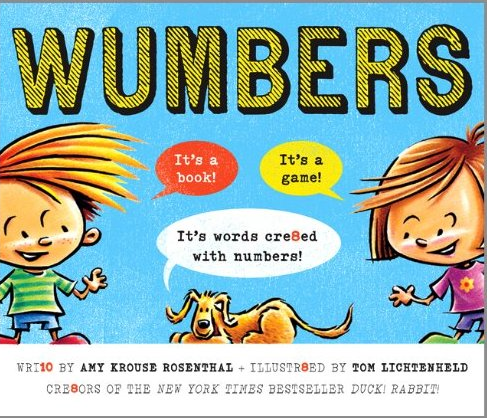


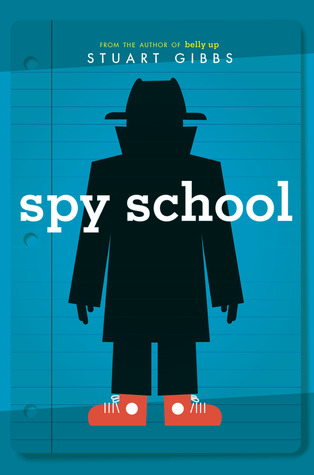











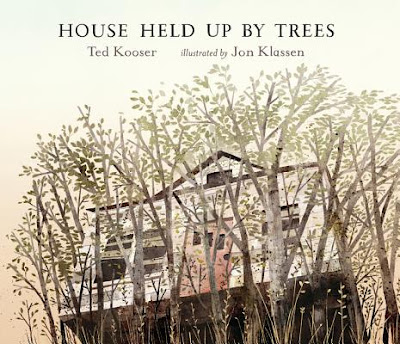

_main.jpg)
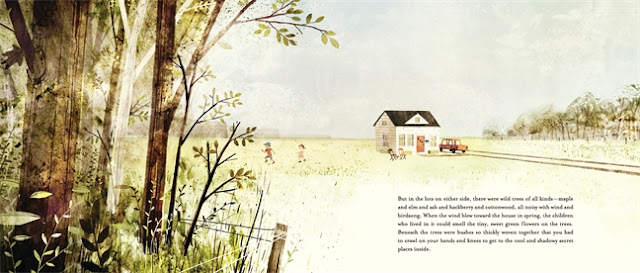





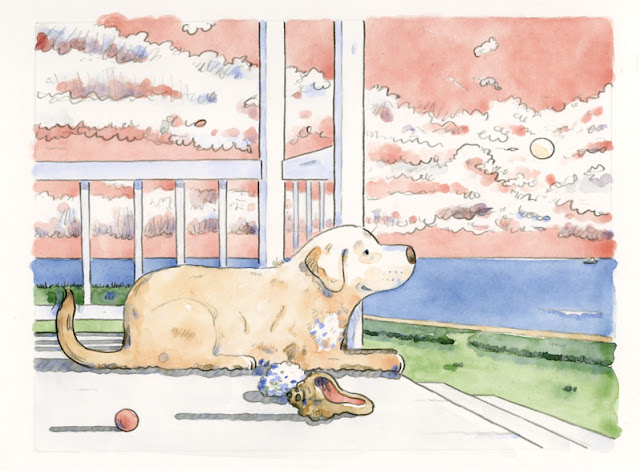






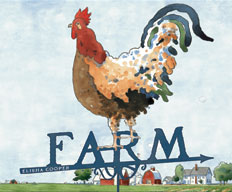





-330-exp.jpg)


